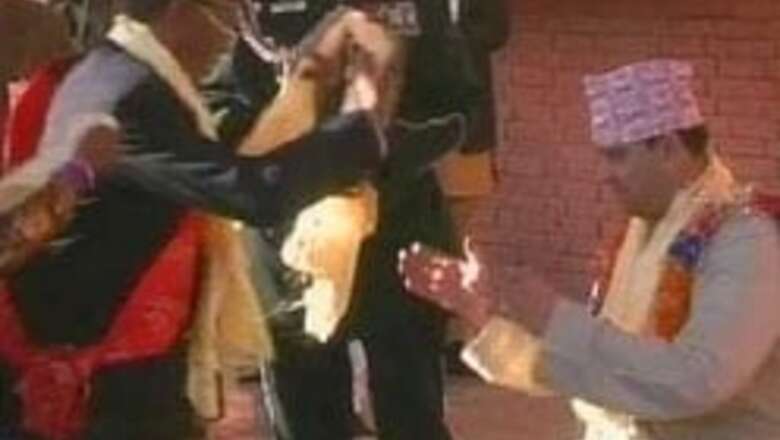
views
New Delhi: To many Nepalese, especially the youth, the idea of monarchy is an absurdity in a 21st century society. But as the country debates the future of its 270-year-old Shah dynasty, the majority of Nepalese people still seem not ready to shed their dynastic mindset.
Today, the king no longer has the right to determine his heir. And that's hardly a comforting news for his hugely unpopular son Paras, the crown prince infamous for his ruthless arrogance, drunken ways and rash driving.
Yet, most Nepalese don't really know whether or not this deeply traditional country will be willing to give him the boot altogether.
“Nepal is a strange country. After the royal massacre, we had a crown prince who was in a coma. And he was king for four days! The succession thing is so rigid. It goes by the book. However unpopular the king may be, he's still the king. People tend to make a distinction between the persona of the king and the institution of the monarchy," says Kunda Dixit, Editor of Nepali Times.
Dixit's Himal Group conducted a nationwide survey just a month before the popular uprising began. And according to the findings of that survey, a whopping 77 per cent people still favoured a ceremonial king.
Dixit says there is a possibility that this figure may have come down to about 60 per cent now. But still, it is significant enough to allow a figurehead king.
But will Paras follow King Gyanendra to occupy the palace? That is still a million-dollar question.
Even some royalists admit that Paras is unfit to step into Gyanendra's shoes. They suggest the present King’s grandson - Paras' son - Hridendra should be anointed successor.
If that happens, Queen Mother Ratna or crown princess Himani could be considered royal regents till the minor prince comes of age.
Others, however, suggest that Gyanendra's family has nothing to do with kingship while sections of the Left are already eyeing King Birendra's granddaughter as the 13th Shah monarch.


















Comments
0 comment